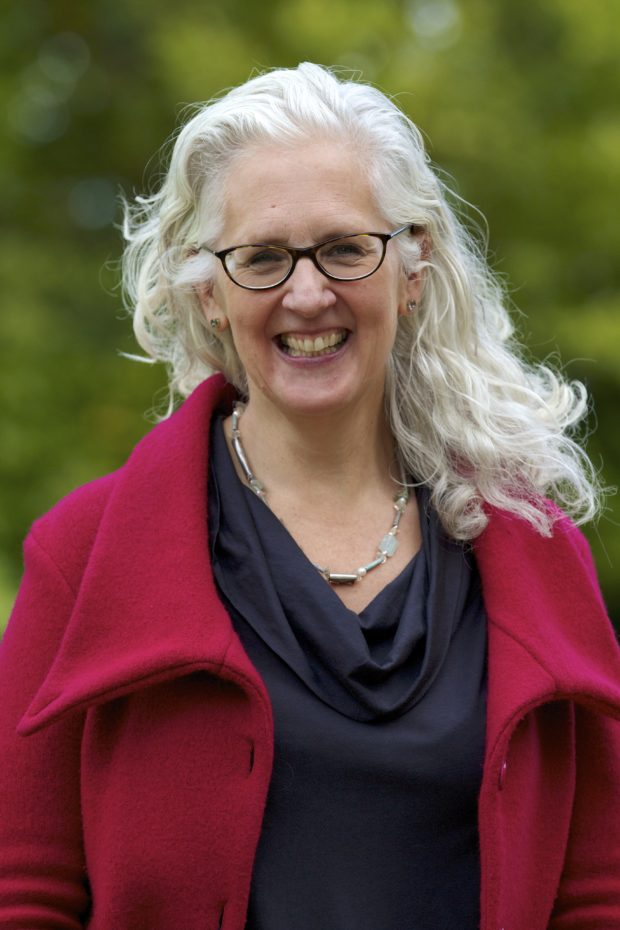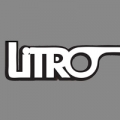You have no items in your cart. Want to get some nice things?
Go shopping
Litro: Your most recent work of fiction, Breathe, and other works like Jellybone, Inanimate Alice, and Letter to an Unknown Soldier, have in many ways democratised the space for writing with digital collaborations. What are your thoughts on the way readers are interacting with authors and their works these days?
When I first embarked on digital collaborations, nearly 20 years ago, I thought that by now, 2019, the worlds of traditional publishing and digital media would have merged. That hasn’t happened. Behind the scenes, publishing is now a primarily digital process, with the printed book as an analogue outcome. But publishers and book readers haven’t shown much interest in text-based projects that are, for instance, interactive or responsive. A combination of forces – ebooks, self-publishing, online book-buying, etc – has brought about a golden age for readers – books have never been more widely available or cheaper. Social media has made it easy for writers to interact directly with their readers, and vica versa. In many ways this has democratised publishing. But the environment for writers is in fact very tough, with writers incomes falling dramatically over the past decade, and a tendency for books, fiction in particular, to either become bestselling and adapted for film and tv, or to vanish within a matter of weeks. I have a new novel coming out next year, Forest Green, and it will be interesting to see how the landscape has changed around reader engagement since my last novel, Landing Gear, came out in 2014.
Litro: Newer formats of story-telling are popping up increasingly including podcasts, platforms like Shorthand Social, as well as interactive story-telling models. Technology is influencing the world of literature in revolutionary ways – could you elaborate on how and why, you as a writer, are interested in this marriage between literature and digital media?
For me there is a real joy in collaborating with technologists and other digital makers. When I first started working in this field I realised I’d never be a programmer, never be a web designer, and took the decision to stick to writing. I find the way technology evolves rapidly fascinating, and I love the opportunities to think about telling stories in new ways that tech affords. I think we need to hold a space for literature in the context of emerging forms of tech that rely on storytelling; the rise of visual media shouldn’t mean that prose vanishes. I think the current audio boom is opening up new ways to think about telling stories. I find it all very exciting, and it is a welcome contrast from the solitary work of writing a novel – I find these two modes of writing, collaborating on digital vs the solitary labour of writing a novel, work together well.
Litro: Jellybone belongs to the genre of horror fiction. Could you tell us a little more about the story itself and the interactive format in which it is being made available to the reader?
Jellybone was made in collaboration with a Berlin based start-up called Oolipo. They were interested in using the affordances of the smartphone to tell stories, so Jellybone is a supernatural thriller that uses text combined with audio, video, notifications, gifs, photos, etc, to tell the story of a young woman called Florence Evans who can communicate with the dead through her phone. However, Oolipo went bust about six weeks after Jellybone was launched. I think the Android version might still work, but not IoS. However, for me this is part of the risk/excitement of working with digital technologies – things break, things stop working, new things come along.
My ghost story for the smartphone, Breathe, was made with the Ambient Literature research project and Editions at Play, which is a collaboration between Google Creative Lab Sydney and Visual Editions. This story is about the same character, Flo, and resides in the same storyworld. Breathe uses three APIs (application processing interfaces) to draw data relating to weather, time, and location from the reader’s phone into the story; in other words, it personalises the story for every reader, but in a way that I hope is subtle and haunting. The ghosts in the story know where you are.
Litro: Increasingly these days we see a tussle between children’s attraction towards technology and parents wanting them to develop a habit of reading. Traditional paperbacks seem to be losing favour with the younger generation. How do you think these upcoming digital platforms are affecting traditional publishing?
I do think this is an issue, although one that has more to do with content streaming than competition from digital literature. Why read a book when you can stream amazing high quality visual content? Again, I think the audio boom is providing some interesting answers to this, attracting a vast array of listeners to podcasts, audiobooks, audio content, including people who do not think of themselves as readers, people who might never enter a bookshop. I read a report the other day that predicts that by the end of next year, in the US, more than 50% of interactions with technology will be via voice. So audio feeds into the enormous potential of voice activation and voice interactivity. As I said, traditional publishing hasn’t been very interested in digital innovation when it comes to content – their experiments haven’t proved as successful or durable as the book itself. But audio might change that.
Litro: With the changing times, writers, in addition to creating stories, are having to come up with innovative formats that can engage readers. As Professor of Creative Writing and Digital Media, what are some of the pointers you would give to aspiring writers who wish to curate something unique? What kind of audience in terms of demographic should they be looking out for?
I think a key trait for any writer interested in emerging technology has to be a desire to collaborate. People who can write as well as programme and design are few and far between. I think there is a lot we can learn from immersive theatre – theatre practitioners have an innate understanding of embodiment, bodies in space, which is very useful for thinking about storytelling in virtual spaces, like VR and AR. Immersive theatre audiences can be very diverse – once you take theatre out of theatres you open up to new kinds of audiences, and we can all learn a lot from that.
Litro: Where do you see technology taking literature in the next 30 years?
Carving out a space for literature in the new technologies is key. Our research project Ambient Literature made some headway with that, and we’ll be continuing that research over the next couple of years. I think 5G is going to provide opportunities for local, location-specific innovation around form and content. But who knows where we’ll be in 30 years time in terms of reading and writing.
Litro: Writing styles have evolved over the years. From epistolary novels we have moved to ones demonstrating the culture of texting, as such, in your opinion, how has technology contributed to the evolution of writing styles?
This question is too huge to answer! Though I think the mini-trend in experimental use of fonts and topography in print books, like Max Porter’s Lanny, and David Almond’s A Song for Ella Grey, has arisen because of the fact we’ve become accustomed to text that morphs and changes on screens. Sally Rooney’s elegant novels make great use of the multiple ways we communicate with each other these days.
Litro: With your works more often than not being collaborative efforts between you as a writer and the web designers or interface developers, all stages starting from ideation to releasing the final product must be multi-faceted. What are some of the challenges you face when working on these projects?
Sometimes collaborators speak different languages. I don’t mean literally, i.e. not English, but I do mean literally, i.e. the word ‘prototype’ seems to mean different things in different sectors. Defining roles can be difficult, and deciding on shared outcomes can also be difficult. Authorial voice remains important to me, so I’ve tended to work on projects where I’m the lead writer (there are exceptions, mainly large participatory projects like Letter to an Unknown Soldier which had 22,000 writers).
Litro: Following from the earlier question – how do you negotiate/overcome these challenges?
Talking, talking some more, iterating, talking more.
Litro: What are your future plans on engaging with electronic literature?
I guess I prefer the term ‘experiential storytelling’ these days, or even ‘digital fiction’ or, hey, ‘ambient literature’! My plan is to work with a company who have created an artificial intelligence aided storytelling platform. I’m intrigued by the potential of AI in storytelling.





